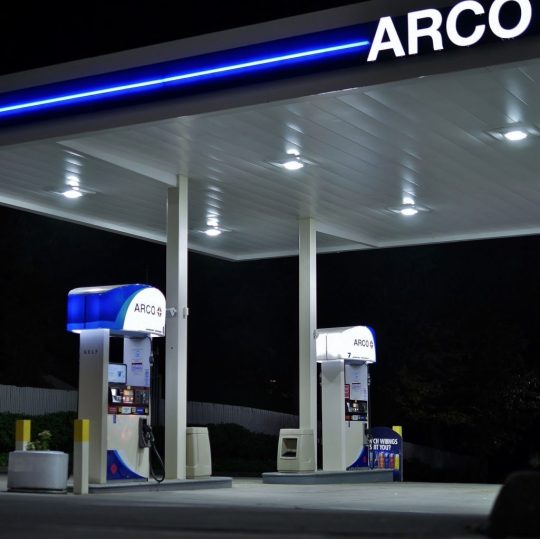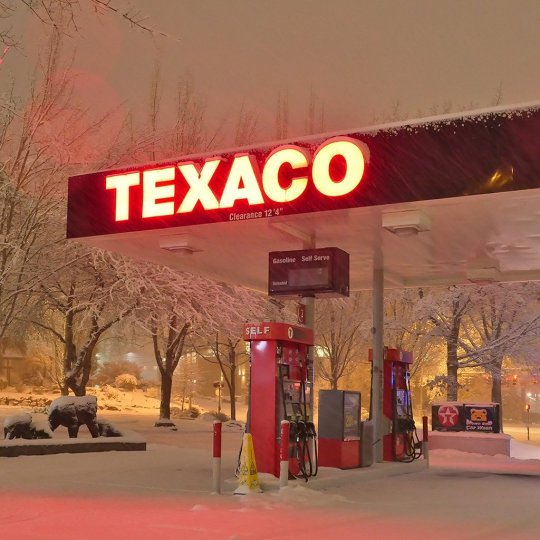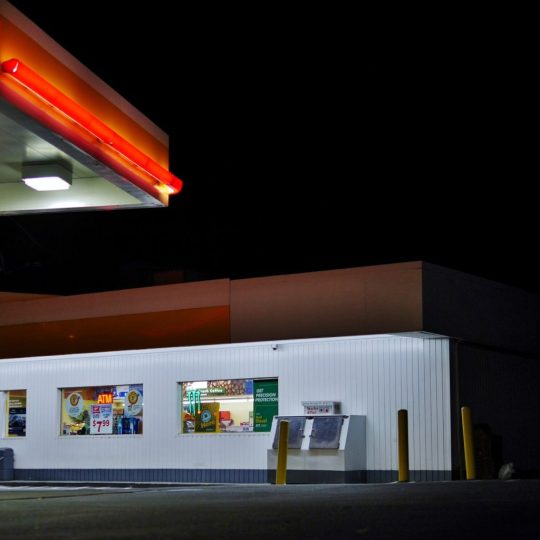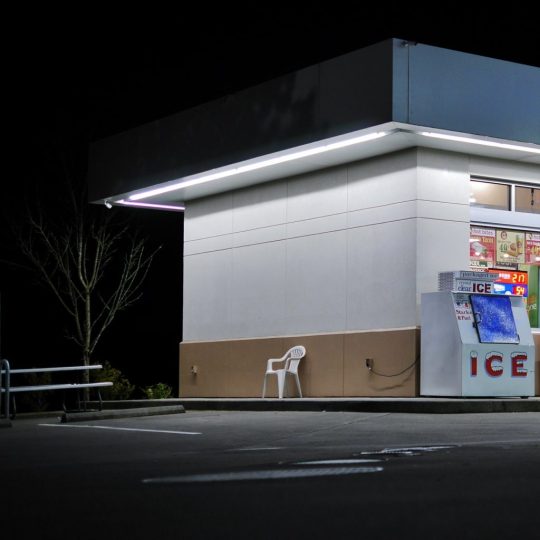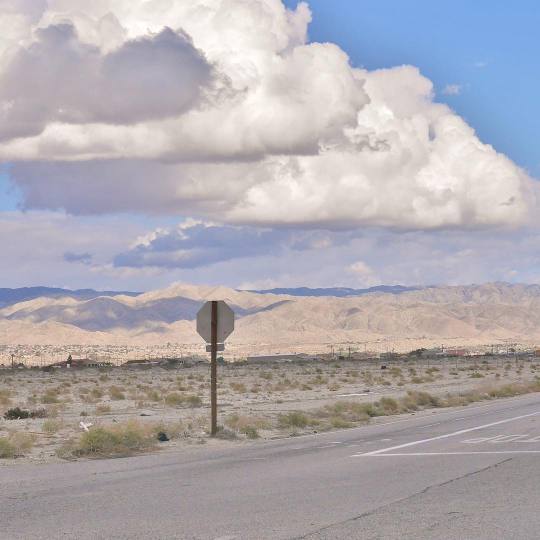#emmanuel monzon
Photo

Emmanuel Monzon / Urban Sprawl – Emptiness / Photography / 2016
795 notes
·
View notes
Text

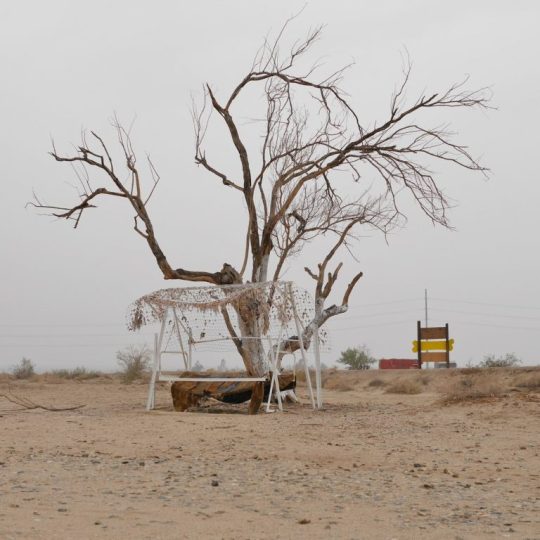



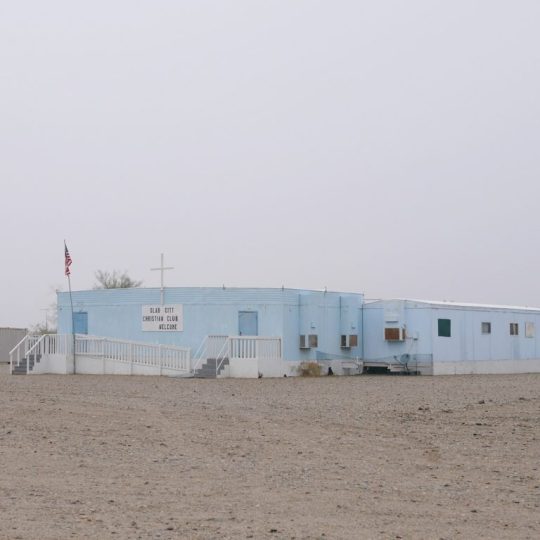
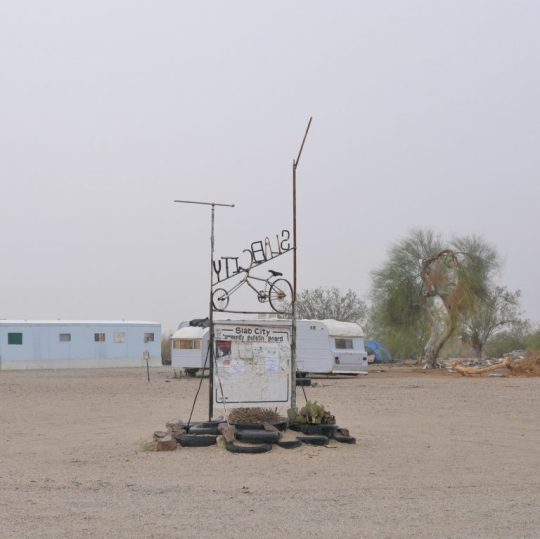

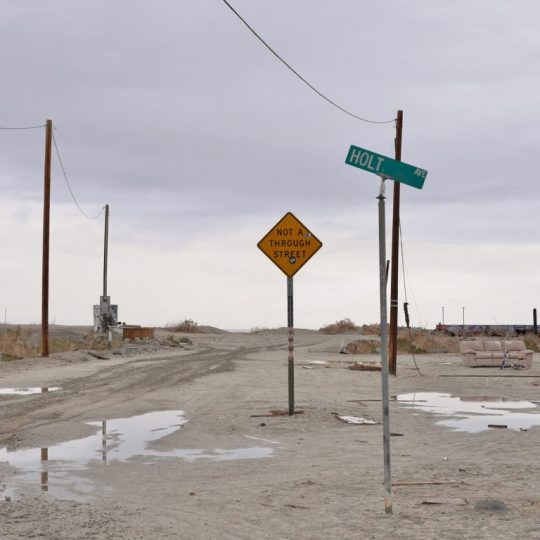
By & © Emmanuel Monzon
4 notes
·
View notes
Photo

Emmanuel Monzon, from his Urban Sprawl Emptiness series, 2016 (via)
I was wondering whether I could identify where the photo was taken, given the overhead power lines; they’re not seen very often in US cities. At first I tried San Francisco, but I found it in Monzon’s base of Seattle. Here’s a couple of Street View pictures taken from the middle of the road shown above.

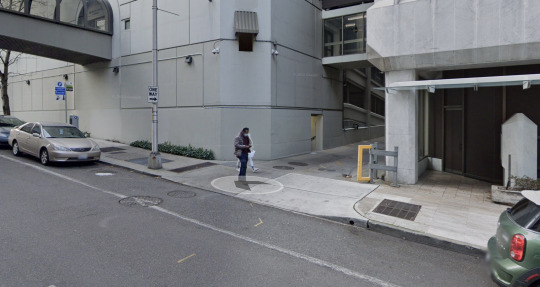
In the first you can see the canopy, no longer reading Westin (Street View’s photos have it until May 2019, but not after July 2021), along with a trolleybus (using those overhead lines) and a well-timed cigarette break.
In the second, that open door that dominates the Monzon photo is open once more, along with the two access covers that make it clear this is definitely the right spot.
If nothing else, this shows that there is a good photograph to be made from seemingly uninteresting downtown walls and alleyways, if one can spot it.
#image#photograph#emmanuel monzon#interesting in boring#street view#google#google street view#location spotting
0 notes
Photo





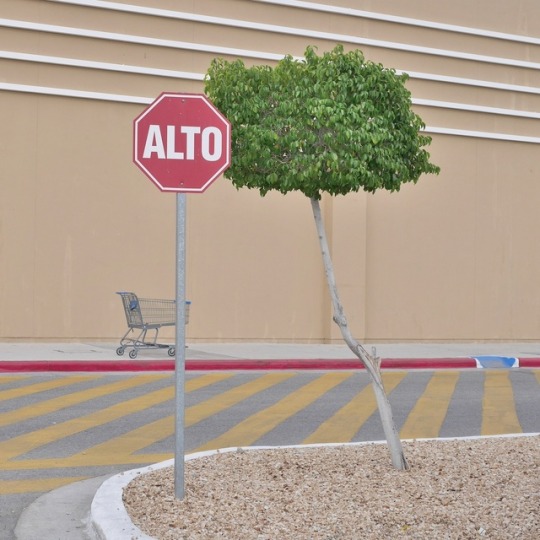
Emmanuel Monzon
0 notes
Text


I don't want to go where I'm going I just want to leave where I am.
Around Wendover and Bonneville salt flats. UTAH.
Through my urban sprawl series I am asking myself : am I leaving a city or entering a new environment?
I like to play/'mix' two approaches: The codes of the new topographics and the concept of "in between-two states" inspired by the anthropologist Marc Auge under the name of non-places. I like transitional places, like intersections or passages from one world to another, such as from a residential area to an industrial area. I also like the tourist places altered by the human trace. We often find this feeling of emptiness, of visual paradox by travelling throughout the United States. The transition from one site to the next: You have arrived and at the same time you have never left. I believe that the expansion of the urban or industrial landscape in the American natural landscape has redefined this space and has become itself a "non-place."
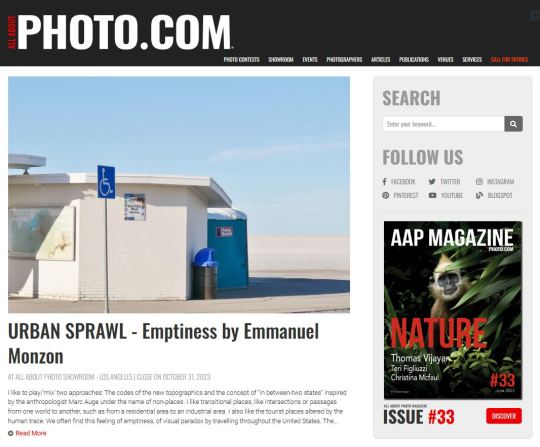
In my artwork there is no judgment, no denunciation, only the picture itself. If I could sum up the common theme of my photos, it would be about emptiness, about silence. My pictures try to extract from the mundane urban landscape a form of estheticism. Where most people only pass through, I stop and look for some form of poetic beauty. I like repetition, I like series, and I like driving around.
''There are several common threads woven throughout Emmanuel’s photography. First, he only uses square frames to create a strong focus on the subject, and second, his photos always contain manmade structures or objects, but never any actual people. These two elements combine to cause viewers to perceive a deep void in the photos; an almost post-apocalyptic sense of isolation. By displaying structures humans built to serve their own needs, but in a rare state of absolute idleness, Emmanuel creates an eerily disconcerting environment. Looking at the photos, you can almost hear the chilly silence that’d accompany them.''.Press.

''Trained as a painter,Emmanuel Monzon is mindful of the grey texture of his photographs. His empty landscapes reflect his attachment to forms and colours, giving them space to beheard. To me, the series exhibited at Charbon art Space echoes both the human loneliness and the power of things against a lost American backdrop. This shadow looks like a calm rain of grey while one can hear the rustling leaves of the tree…'' (Caroline Ha Thuc, contributor ArtPress Magazine).
Curator: Sandrine Hermand-Grisel

2 notes
·
View notes
Text

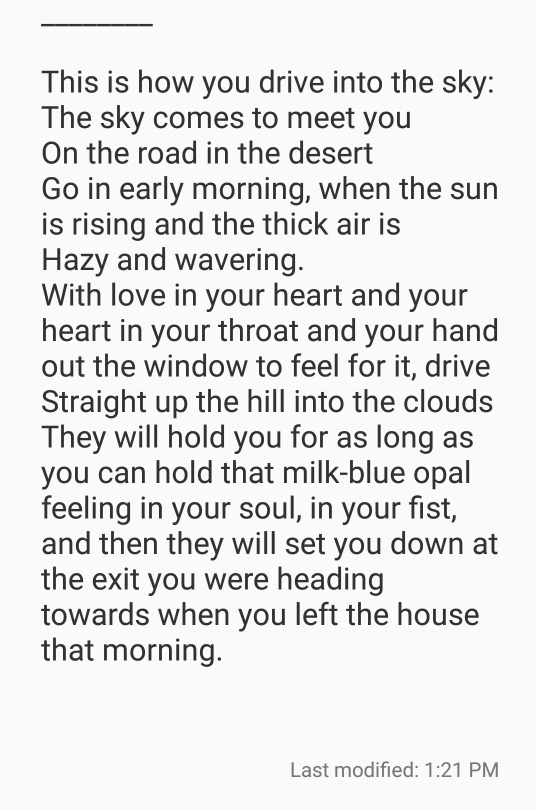
Photo credit: Emmanuel Monzon
13 notes
·
View notes
Text

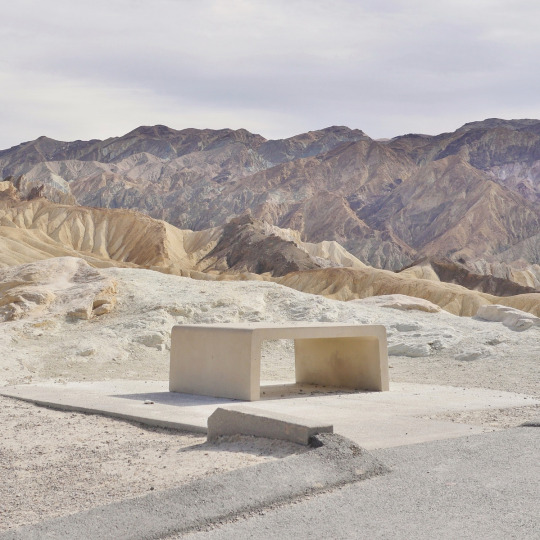
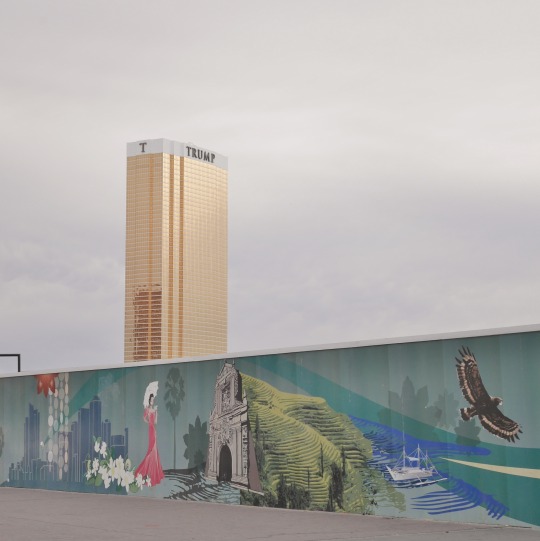

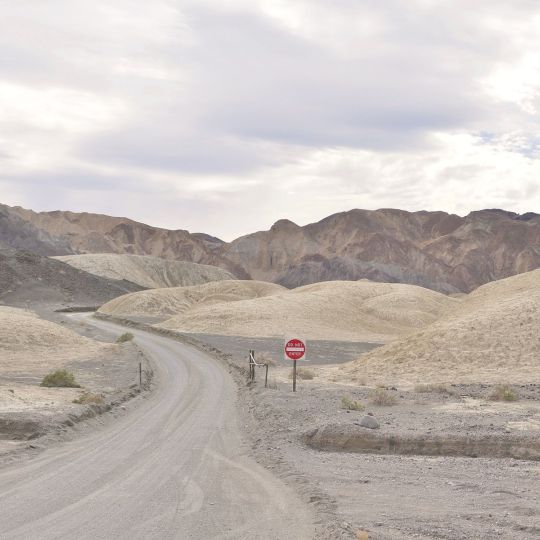


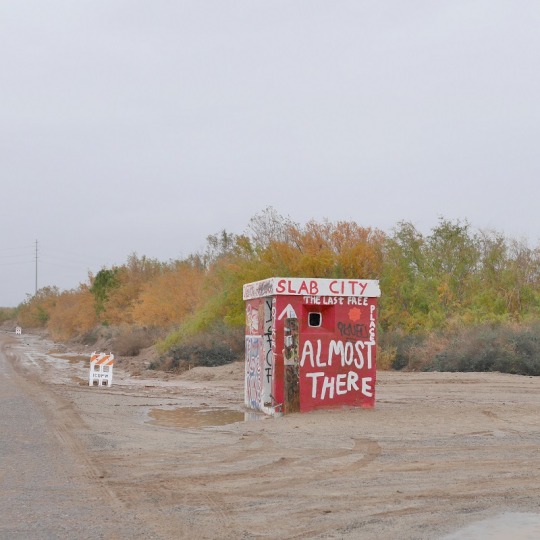
The work of Emmanuel Monzon focuses primarily on the idea of urban sprawling and the expansion of its periphery. Monzon photographs banality as though it were a Romantic painting, trying only to be “stronger than this big nothing” in controlling the space by framing the subject. His aesthetic of the banal obeys its own rules : a ban on living objects , a precise geometrical organization , and the revelation of a specific physical and mental landscape blurring the lines between city and suburb, between suburb and countryside, a process that results in an independent identity. Monzon's thematically consistent work highlights things that make their surroundings appear quite empty and soulless. An unnerving set of social observations. Yet the tenderness of his colouring softens the quite harsh social comment his images tend to deliver. There is an absolute stillness in the images : nothing moves, not even time.
Emptiness, absence, lack of a meaningful world : subjects are not inherently expressive yet they convey a deep sense of grief over the loss of meaning. Time has come to a stop. The absence of shadows and the pinkish grey mist often give a strong and disturbing impression of a dream. Do these places really exist ? The reflection redeems and heals the wounds a mindless world inflicts on reality, and transforms an unstructured and empty present into a bearable memory.
0 notes
Photo

Emmanuel Monzon
19 notes
·
View notes
Photo

Taken from the Urban Sprawl series by Emmanuel Monzon
Emmanuel Monzon wants to photograph the in-between state found in the American landscape; capturing places of transition, borders, passages from one world to another.
1 note
·
View note
Photo

Emmanuel Monzon / Urban Sprawl – Emptiness / Photography / 2017
213 notes
·
View notes
Photo





“Urban Sprawl Emptiness” by Emmanuel Monzon
195 notes
·
View notes
Photo

La solitudine dei luoghi di mezzo – Urban Sprawl Emptiness di Emmanuel Monzon
https://www.artwort.com/2019/06/13/fotografia/urban-sprawl-emptiness-di-emmanuel-monzon/
4 notes
·
View notes
Photo

Photographer Emmanuel Monzon
111 notes
·
View notes
Text
Les salines de Bonneville sont une étendue de sel située sur le bord ouest du Grand Lac Salé. Elles sont réputées pour être les plus vastes d’une série de salines et ont été formées à la fin de la dernière période glaciaire, lorsque le lac Bonneville du Pléistocène a commencé à se retirer.En 1907, quelques entrepreneurs locaux ont effectué des essais en conduisant une voiture Pierce-Arrow sur les salines, et en 1910, le premier chemin de fer permanent a été construit sur les salines de Bonneville. Depuis lors, les salines de Bonneville sont considérées comme l’un des circuits de vitesse terrestre les plus prestigieux au monde.Chaque année, cinq grands événements de course de vitesse terrestre y sont organisés, dont le légendaire Speed Week.Le premier record de vitesse terrestre a été établi lors des courses à Bonneville en 1914, et les événements de course actuels des salines de Bonneville attirent des voitures, des camions et des motos qui tentent d’établir la vitesse la plus élevée atteinte par une personne utilisant un véhicule sur Terre.
C’est ici dans ce coin reculé de l’Utah que le photographe Emmanuel Monzon a décidé de situer sa série “URBAN SPRAWL – Emptiness“.
Autour de Wendover et des salines de Bonneville en Utah.“À travers ma série sur l’étalement urbain, je me pose la question : est-ce que je quitte une ville ou est-ce que j’entre dans un nouvel environnement ?J’aime jouer et mélanger deux approches : les codes des nouvelles topographies et le concept de “l’entre-deux états” inspiré par l’anthropologue Marc Augé sous le nom de “non-lieux”.

J’apprécie les endroits de transition, comme les intersections ou les passages d’un monde à un autre, par exemple, d’une zone résidentielle à une zone industrielle.
L’étalement urbainJ’aime aussi les lieux touristiques altérés par la trace humaine. On retrouve souvent ce sentiment de vide, de paradoxe visuel en voyageant à travers les États-Unis. La transition d’un site à l’autre : vous êtes arrivé et en même temps, vous n’êtes jamais parti. Je pense que l’expansion du paysage urbain ou industriel dans le paysage naturel américain a redéfini cet espace et est devenu lui-même un “non-lieu”.
Dans mon travail artistique, aucun jugement n’existe, pas de dénonciation, seulement l’image elle-même. Si je devais résumer le thème commun de mes photos, ce serait le vide, le silence.Mes photos essaient d’extraire de l’ordinaire du paysage urbain une forme d’esthétisme. Là où la plupart des personnes passent simplement, je m’arrête et cherche une forme de beauté poétique. J’aime la répétition, j’apprécie les séries et j’adore conduire autour.”

Étalement urbain (urban sprawl) est l’augmentation de la superficie d’une ville, et la diminution de sa densité de population. Il est l’une des manifestations spatiales de la périurbanisation. Je ne veux pas aller là où je vais, je veux juste quitter l’endroit où je suis.

URBAN SPRAWL – Emptiness par Emmanuel MonzonEmmanuel Monzon est un photographe et artiste visuel basé à Seattle, WA. Il est diplômé de l’Académie des Beaux-Arts de Paris, France, avec mention. Son travail a été présenté dans toute l’Amérique du Nord, l’Europe et l’Asie (à travers des expositions, des sélections et divers prix).À travers son travail, il explore et questionne les signes de l’étalement urbain dans notre champ visuel. Son processus photographique est influencé par son expérience en tant qu’artiste plasticien.
0 notes

